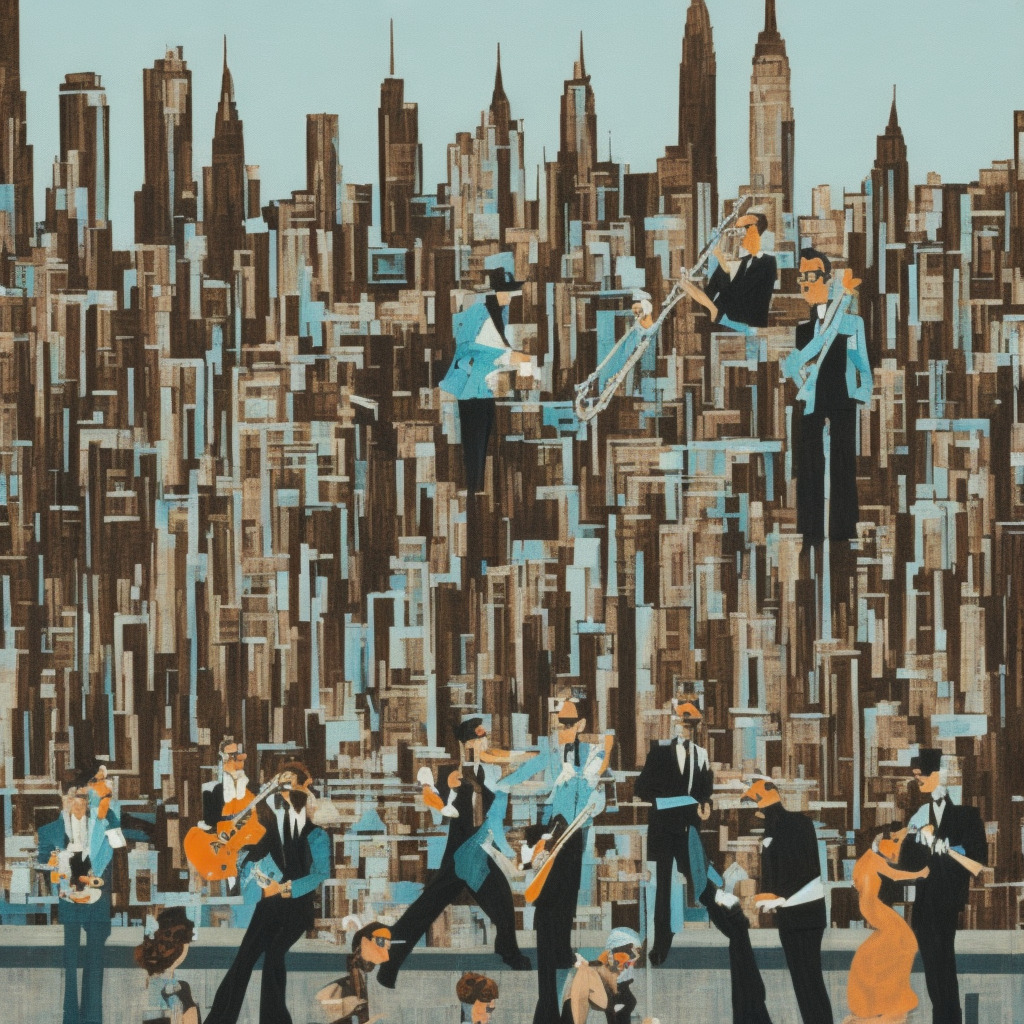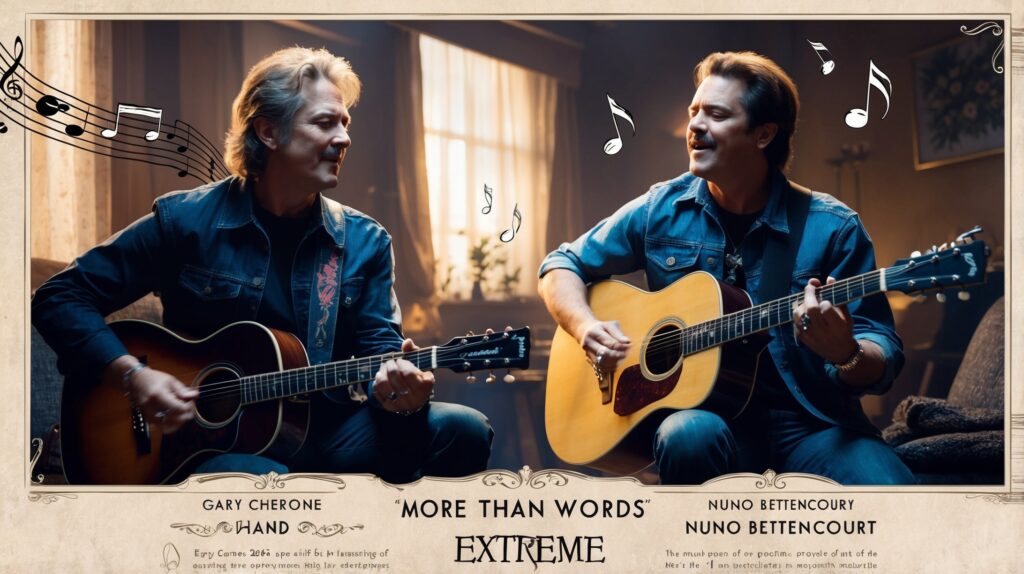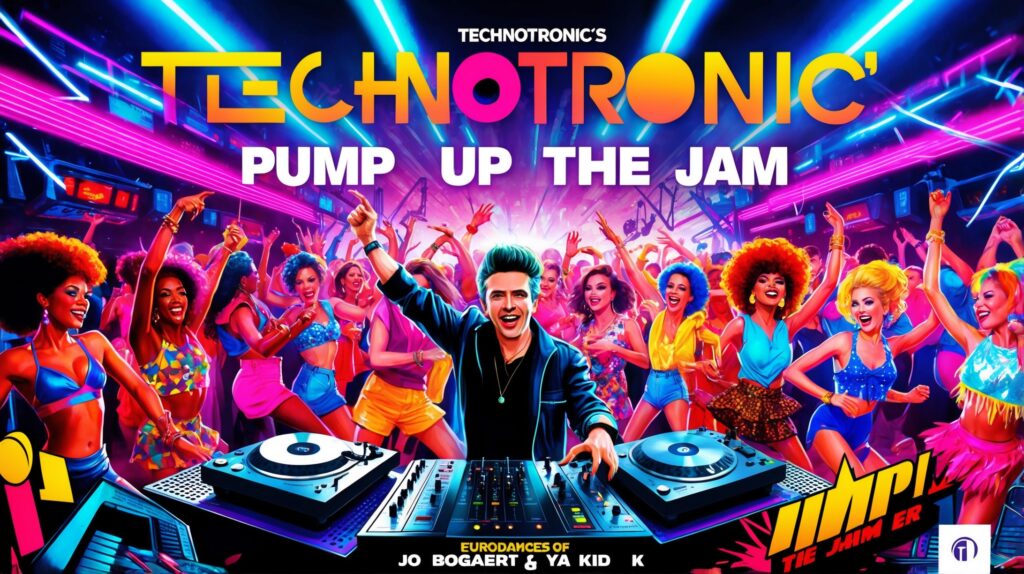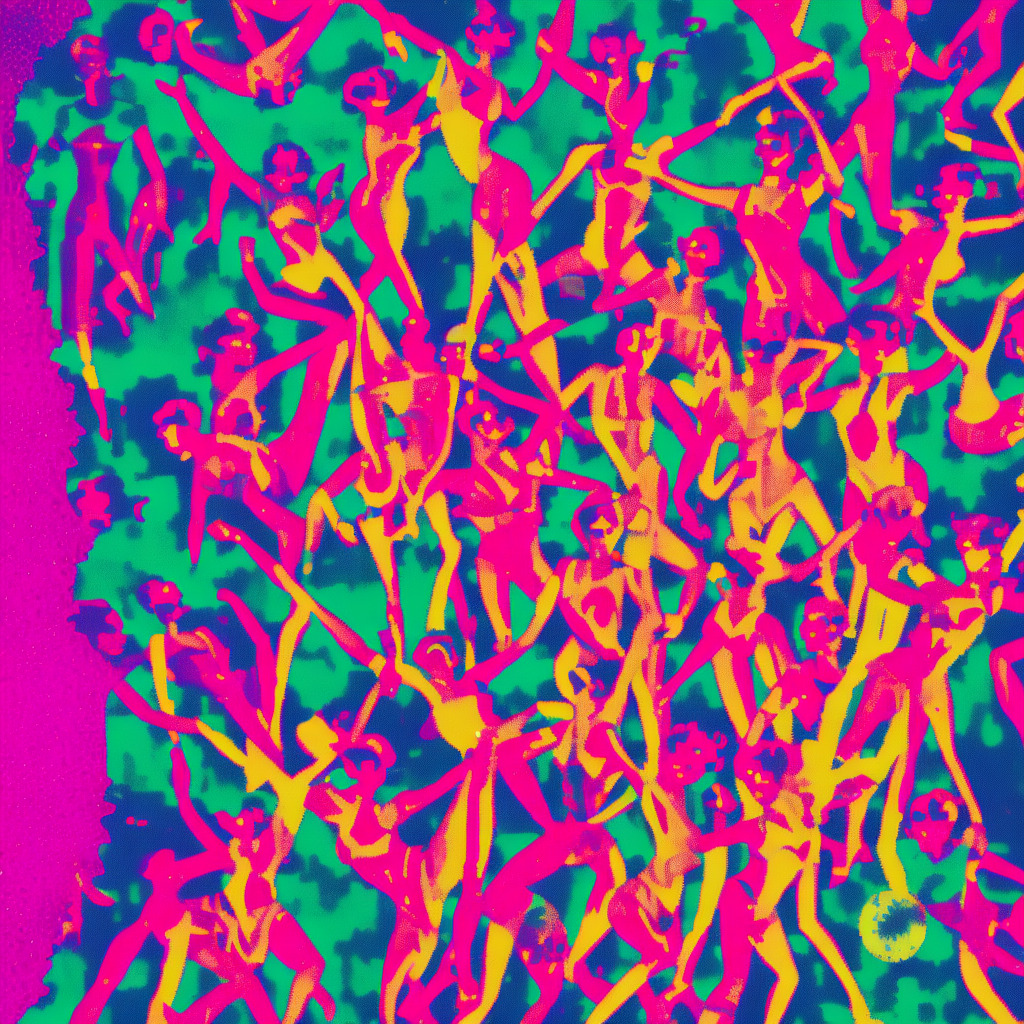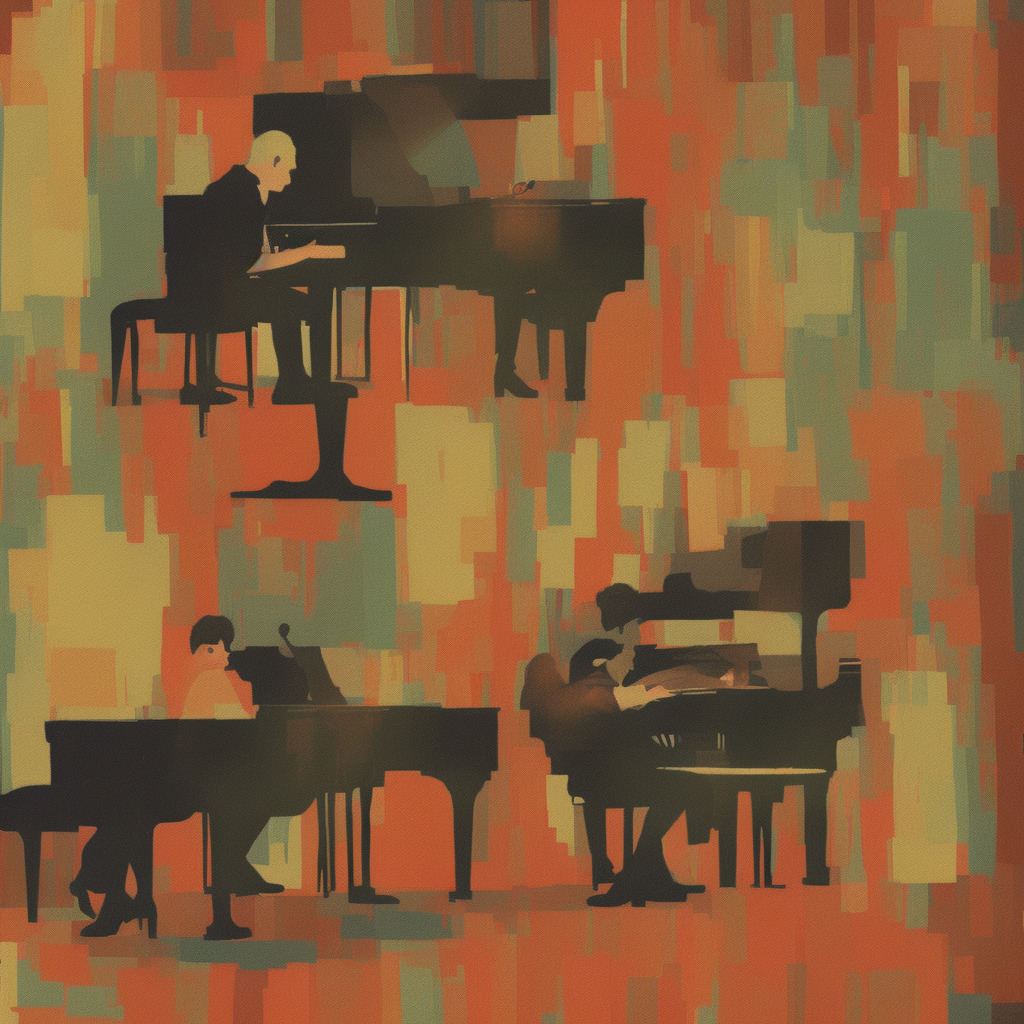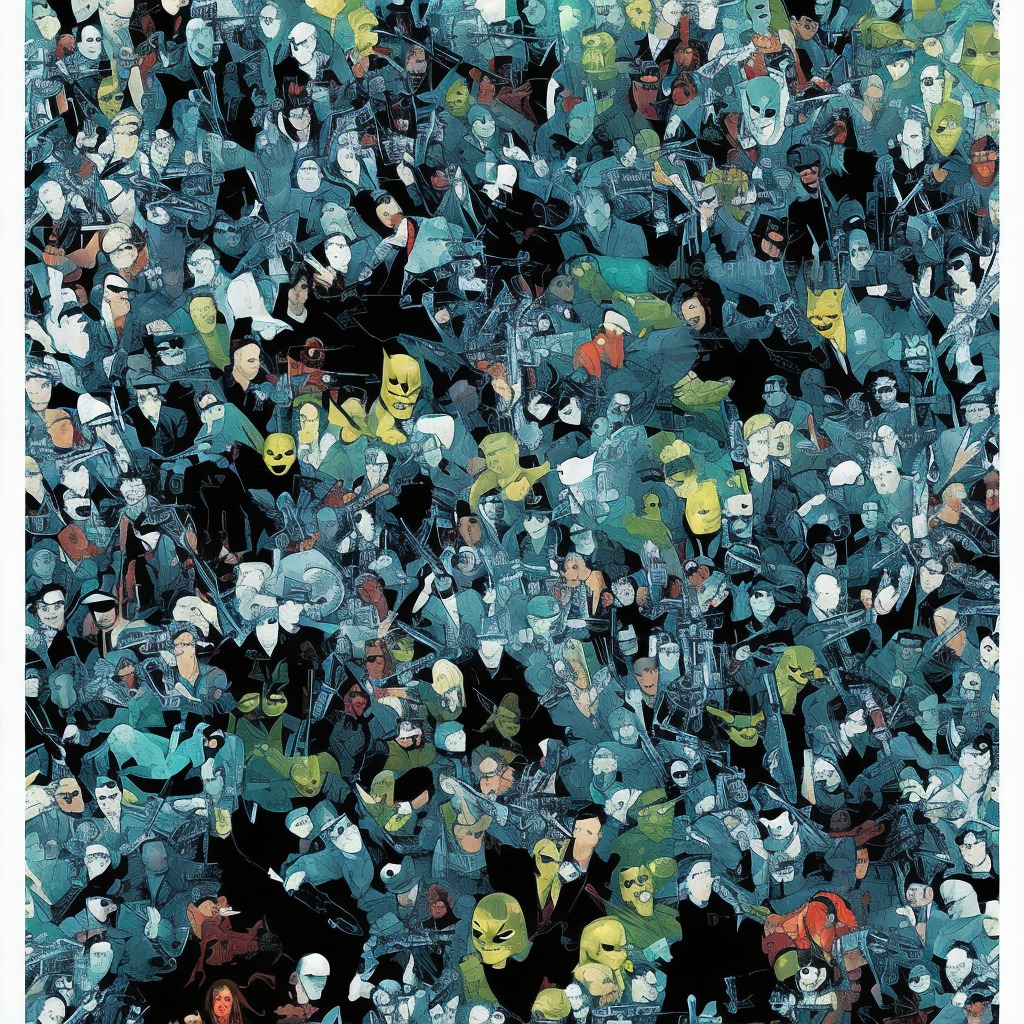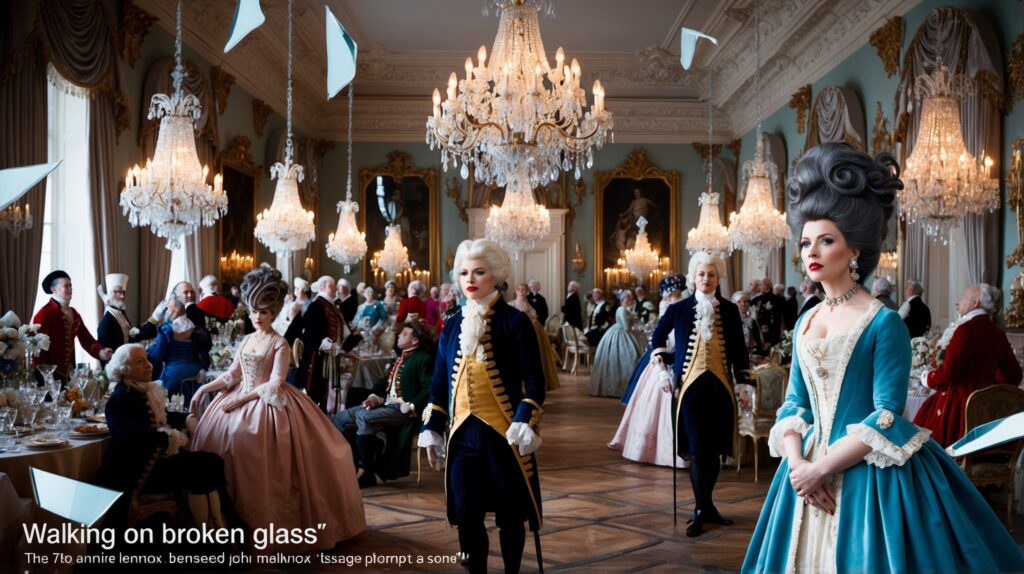?Did you know? “Breakfast at Tiffany’s” by Deep Blue Something was inspired by Audrey Hepburn’s iconic movie! These Texan rockers sure know how to mix film & tunes!??️ #DeepBlueSomething #90sVibes #AudreyHepburnTrivia #PopRockFusion Read about it: tinyurl.com/bdzxyj34
Deep Blue Something: A Dive into the 90s Classic
Diving into Deep Blue Something’s 90s legacy, from their smashing hit “Breakfast at Tiffany’s” to their continued dedication to musical growth.

Deep Blue Something, an alternative rock band hailing from Denton, Texas, is fondly remembered for their smashing 1995 hit, “Breakfast at Tiffany’s.” This earworm of a track quickly catapulted the band to fame, achieving widespread success in both the US and the UK. Formed in 1991 by brothers Todd and Toby Pipes, along with their friends John Kirtland and Clay Bergus, the band was initially known as Leper Messiah. However, they later changed their name to Deep Blue Something, inspired by a Paul Newman film.
“Breakfast at Tiffany’s” is undoubtedly their most famous song, with its catchy melody, memorable chorus, and relatable lyrics. Inspired by the classic Audrey Hepburn film of the same name, the song tells the story of a struggling couple trying to hold onto their relationship by finding a common ground based on their shared love for the iconic movie. With its infectious chorus and pop-rock sensibilities, the song peaked at No. 5 on the Billboard Hot 100 and No. 1 on the UK Singles Chart in 1996.
While Deep Blue Something enjoyed significant success with “Breakfast at Tiffany’s,” it’s hard to overlook the fact that they weren’t able to replicate that level of popularity with subsequent releases. Often labeled as a one-hit-wonder, the band released their follow-up album, “Deep Blue Something,” in 1998, which struggled to make an impact on the charts. This led to a hiatus in the early 2000s, with the members focusing on other projects and bands for some time.
Despite the setbacks, the band reunited in 2014, and in 2015, they released a new EP, “Locust House.” Though it didn’t achieve the massive success of their earlier work, it did showcase their growth as musicians and continued dedication to their craft. Despite not having received any major accolades or awards, the band’s lasting legacy is undoubtedly their enduring 90s classic, “Breakfast at Tiffany’s,” which continues to resonate with fans across generations.
In conclusion, while Deep Blue Something may have struggled to maintain the momentum of their breakthrough hit, there’s no denying the impact “Breakfast at Tiffany’s” had on the 90s music scene. The band’s place in music history is solidified by this timeless track, which remains a favorite among fans of alternative rock and pop alike.
Chart-Topping Adventures
“Breakfast at Tiffany’s” – a one-hit wonder that conquered the ’95 charts, capturing hearts worldwide with its infectious melody and enduring charm!
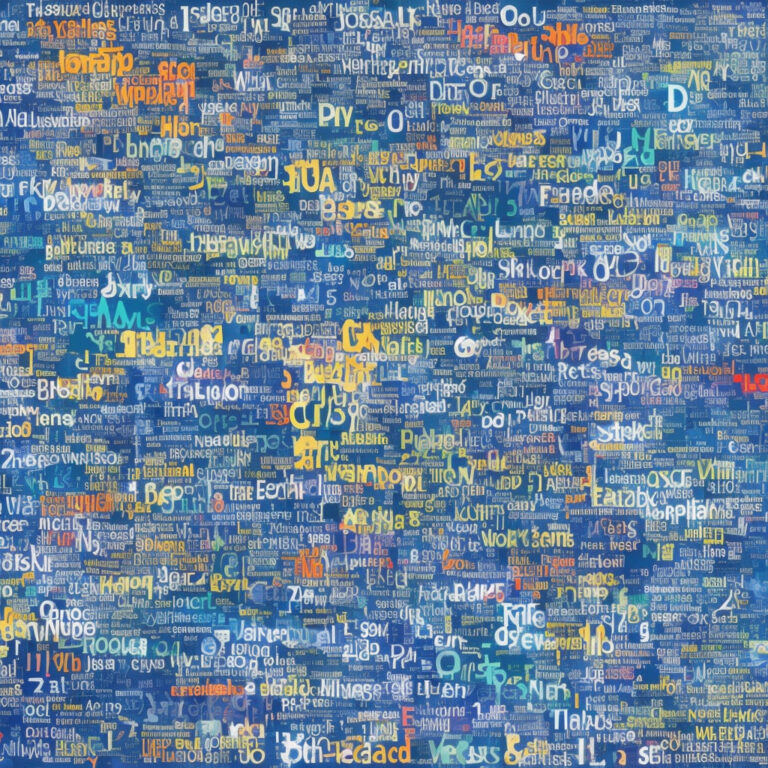
Released on June 15, 1995, “Breakfast at Tiffany’s” quickly skyrocketed to success in the charts. Upon its release, the song initially entered the UK Singles Chart at number 88. However, it didn’t take long for the infectious melody and catchy chorus to win over listeners. In just a few short weeks, the song climbed steadily and eventually peaked at number 3 in October of that year. This accomplishment alone was impressive for the relatively unknown band at the time.
Not only did the song find chart success in the UK, but it also made its mark on the US Billboard Hot 100 chart. “Breakfast at Tiffany’s” reached its peak position of number 5 in November 1995 and remained on the chart for an impressive 20 weeks. The song’s international appeal didn’t stop there, as it also reached the top 10 in several other countries, including Australia, Canada, and New Zealand.
One interesting chart trivia surrounding the track is that it earned Deep Blue Something the title of “one-hit wonder.” Despite the overwhelming success of “Breakfast at Tiffany’s,” the band was unable to replicate the same level of commercial achievement with their subsequent releases. Although they continued to record and perform music for years following their initial taste of fame, no other single managed to crack the top 40 charts.
Nonetheless, “Breakfast at Tiffany’s” remains a beloved and memorable tune, one that continues to be enjoyed by music lovers around the world. Its chart achievements are a testament to the song’s enduring appeal and the impact it had during its prime.
Exploring the Nostalgic Lyrics
No common ground to start from
And we’re falling apart
You’ll say the world has come between us
Our lives have come between us
Still, I know you just don’t care
And I said, “What about Breakfast at Tiffany’s?”
She said, “I think I remember the film
And as I recall, I think, we both kind of liked it”
And I said, “Well, that’s the one thing we’ve got”
I see you, the only one who knew me
And now your eyes see through me
I guess I was wrong
So, what now? It’s plain to see we’re over
And I hate when things are over
When so much is left undone
And I said, “What about Breakfast at Tiffany’s?”
She said, “I think I remember the film
And as I recall, I think, we both kind of liked it”
And I said, “Well, that’s the one thing we’ve got”
Released in 1995, “Breakfast at Tiffany’s” by Deep Blue Something became an instant hit. The song captures the essence of nostalgia and a longing for simpler times. The lyrics paint a picture of a couple struggling to find common ground and drifting apart, yet they find solace in a shared memory of the classic Audrey Hepburn film, “Breakfast at Tiffany’s”.
The 1990s were marked by significant cultural and political changes, including the end of the Cold War, advancements in technology, and the rise of alternative music. In an era of uncertainty and constant change, the song’s lyrics resonate with the desire to find connection and familiarity in a rapidly evolving world.
Both the song’s title and the lyrics reference the iconic 1961 film, “Breakfast at Tiffany’s”, which is remembered for its timeless charm and elegance. The film’s protagonist, Holly Golightly, symbolizes the struggles and aspirations of young people trying to find their footing in a world that often feels overwhelming. This theme is mirrored in the song, as the couple grapple with their own uncertainty and look to the past for a shared connection.
While the song’s lyrics may not directly address larger societal issues, they encapsulate the spirit of the time by tapping into the human need for connection and understanding. Through its evocative imagery and storytelling, “Breakfast at Tiffany’s” remains a beloved anthem of the 1990s that continues to resonate with audiences today.
A Trip Down Memory Lane: The Music Video for “Breakfast at Tiffany’s”
Relive the mid-90s alt-rock era with Deep Blue Something’s “Breakfast at Tiffany’s” music video, where nostalgic charm meets cinematic homage in the bustling streets of New York City.
Deep Blue Something’s music video for “Breakfast at Tiffany’s” perfectly encapsulates the mid-90s alternative-rock scene, while also showcasing the cultural significance of the song’s titular inspiration. The video was directed by Geoff Moore, who has worked extensively in the music industry, directing videos for many renowned bands and artists such as The Cranberries, The Offspring, and Alanis Morissette.
The music video features the band’s lead singer, Todd Pipes, roaming the streets of New York City while sporting a vintage-inspired outfit. With a budget that allowed for on-location shooting, the backdrop of the city adds an air of authenticity and captures the essence of the song’s storyline. As the viewer follows Pipes on his journey through the bustling streets, we’re treated to a montage of various New York City locations, such as Times Square, Washington Square Park, and of course, Tiffany & Co.
The video is interspersed with shots of the band performing the song in a crowded venue, creating a sense of intimacy and energy. These live performance scenes were shot at the renowned Irving Plaza in New York City, a venue known for hosting a wide range of musical acts, from established artists to up-and-coming talents.
A notable aspect of the “Breakfast at Tiffany’s” music video is the inclusion of several artistic references to the 1961 film “Breakfast at Tiffany’s,” starring Audrey Hepburn as the iconic Holly Golightly. The video opens with a shot of Pipes gazing into the window of Tiffany & Co., mirroring the film’s opening scene. Throughout the video, Pipes encounters various women dressed in Holly Golightly-esque attire, complete with oversized sunglasses, black dresses, and pearls. This nod to the film not only adds a layer of depth to the music video but also pays homage to the song’s main inspiration.
While the music video for “Breakfast at Tiffany’s” may not boast the high production value or elaborate storytelling of some of today’s music videos, it remains a nostalgic and charming artifact of 90s alternative-rock culture. The video’s simplicity, combined with its clever incorporation of the song’s cinematic inspiration, makes it a memorable and engaging visual experience that complements the catchy, sing-along nature of Deep Blue Something’s biggest hit.
The Man Behind the Melodies: Todd Pipes
Todd Pipes, the composer of the iconic ’90s hit “Breakfast at Tiffany’s” by Deep Blue Something, has been an influential figure in the alternative rock scene. Besides his work with the band, Pipes also boasts an impressive resume as a composer and producer. One of his most notable compositions is “Halo,” released by the band in 1995, which quickly garnered attention and praise for its catchy melody and thoughtful lyrics. Over the years, Pipes has gained a reputation for his ability to create memorable tunes that resonate with fans, as evidenced by his continued success in the music industry.
Awards, Accolades, and Appearances Galore
A Timeless Classic: “Breakfast at Tiffany’s” shines through generations with chart-topping success, gold and platinum certifications, and impactful appearances in film, TV, and video games.
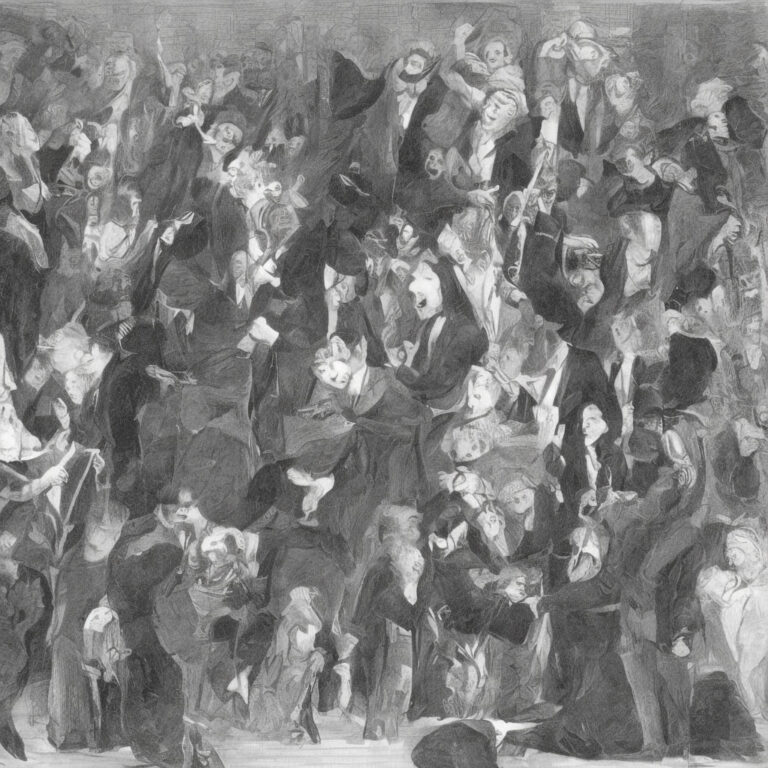
“Breakfast at Tiffany’s” by Deep Blue Something has enjoyed a significant amount of recognition and achievements since its release. The song has been widely acclaimed and earned its place on various charts. In 1995, it reached the top spot on the US Billboard Modern Rock Tracks chart and peaked at number five on the Billboard Hot 100. Over in the UK, the track secured the number one spot on the UK Singles Chart, further cementing its global success.
In addition to its chart-topping accomplishments, the song has also garnered a gold certification in the United States and a platinum certification in the United Kingdom. The memorable tune even earned a nomination at the 1997 Brit Awards for International Hit of the Year.
“Breakfast at Tiffany’s” has made its mark in film, television, and video game soundtracks as well. One notable movie appearance took place in the 1999 film “Sliding Doors” starring Gwyneth Paltrow. Additionally, the song was featured in a 1996 episode of the hit show “Beverly Hills, 90210”. Fans of the popular video game “Rock Band” might recognize it as one of the playable tracks in the 2010 “Rock Band 3” game.
As with any enduring hit, “Breakfast at Tiffany’s” has seen numerous covers and interpretations over the years. A standout cover is the 2011 version by British band The Overtones, who put their own unique spin on the classic. More recently, in 2020, YouTube sensation “AcousticTrench” produced a soothing, acoustic rendition that showcases the song’s timeless appeal.
With its catchy melody and relatable lyrics, it’s no wonder that “Breakfast at Tiffany’s” remains a favorite among music lovers across generations. Its impressive collection of awards, accolades, and appearances only serves to reinforce the song’s lasting impact on the music world.
Diving Deeper into the Musical Landscape
As we delve into the musical structure of “Breakfast at Tiffany’s,” it becomes apparent that the song is written in the key of G major, giving it a bright and uplifting tonality. The chord progression is relatively simple, following a pattern of G-C-D-Em throughout the verses and G-D-C during the choruses. This straightforward structure is a contributing factor to the song’s infectious and easily digestible nature.
The tempo of the track is moderately paced, clocking in at around 120 beats per minute (BPM). This tempo allows for a relaxed yet upbeat listening experience, perfect for the song’s narrative of reminiscing about a past relationship. The steady drumbeat and driving bassline create a solid foundation, while the jangly guitar riffs and melodic lead lines add a sense of buoyancy to the overall sound.
One of the most distinctive aspects of “Breakfast at Tiffany’s” is its use of a suspended fourth chord, commonly referred to as a “sus4” chord. The chorus prominently features a Gsus4 chord, which resolves to a standard G major chord, creating a sense of tension and release that perfectly complements the song’s narrative. This subtle yet effective technique helps to elevate the song beyond a simple pop-rock tune, showcasing the band’s compositional skills and attention to detail.
Another noteworthy element is the layered vocal harmonies, particularly in the chorus. The lead vocalist sings the main melody, while the backing vocals provide a harmonious counterpoint. This arrangement adds depth and richness to the overall sound, further enhancing the song’s catchy and memorable nature.
“Breakfast at Tiffany’s” also makes use of a mid-song bridge, which deviates from the primary chord progression and provides a moment of contrast before returning to the final chorus. This is a common songwriting technique that helps to maintain the listener’s interest and prevent the song from becoming overly repetitive.
In summary, “Breakfast at Tiffany’s” is a finely crafted pop-rock gem that masterfully utilizes a variety of musical elements, including a bright tonality, simple yet effective chord progressions, and carefully arranged vocal harmonies. The result is a song that continues to resonate with listeners more than two decades after its release.

